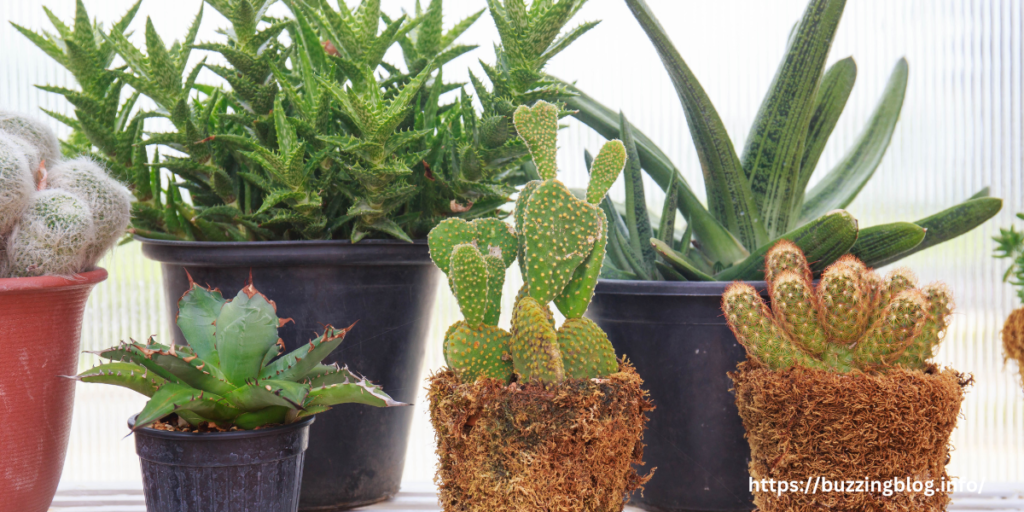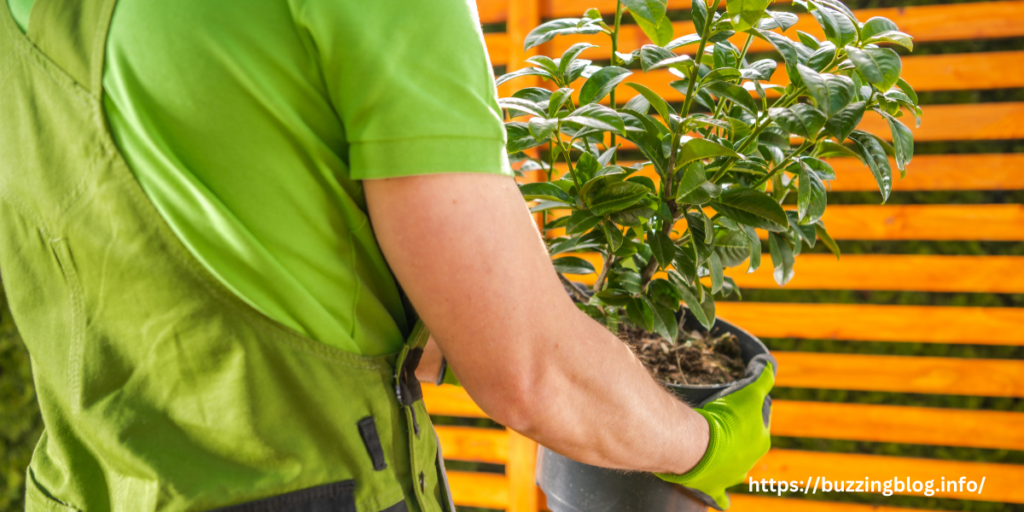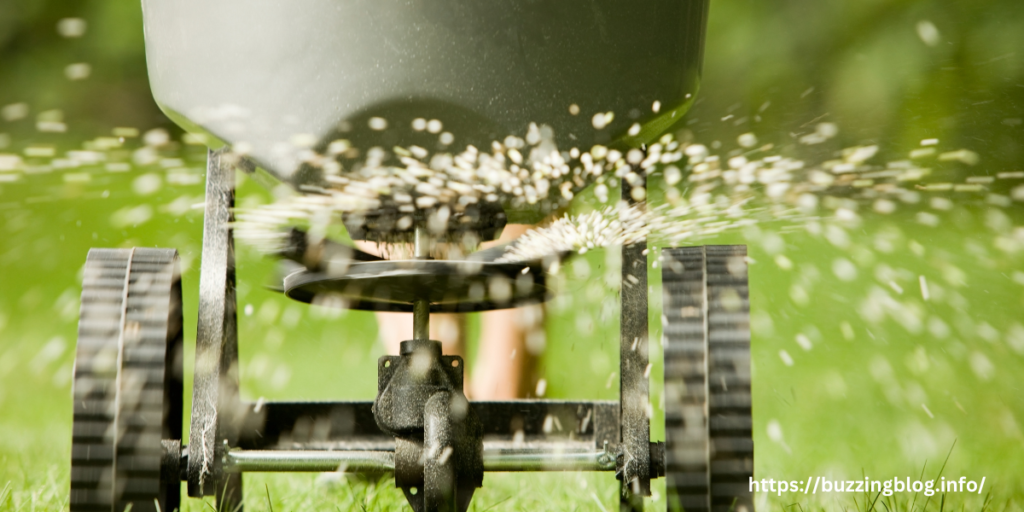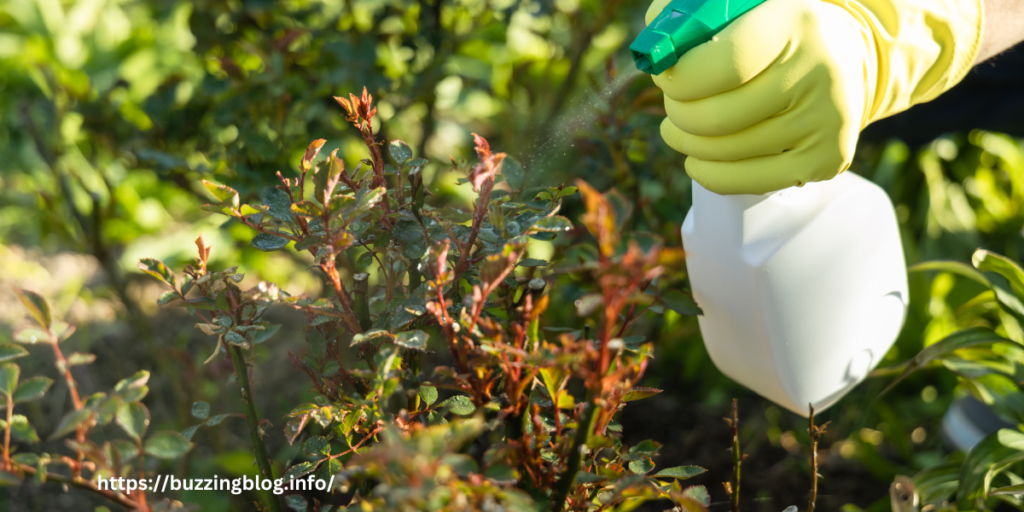Your Go-To Garden Plant Guide: Everything You Need for Success
Gardening offers more than just a beautiful landscape; it’s a fulfilling hobby that promotes health and well-being. Whether you’re growing fresh vegetables, vibrant flowers, or soothing herbs, understanding how to select, plant, and maintain garden plants is essential. This Garden Plant Guide walks you through the process of choosing the right plants, preparing garden beds or planters, and managing soil, water, and pests. With practical advice on garden plants for beginners, anyone can build a thriving garden, whether using garden planters or large outdoor plots.
Understanding Different Types of Garden Plants

A flourishing garden requires knowing the plant types that best fit your environment and gardening goals. The Garden Plant Guide divides plants into three main categories: annuals, perennials, and biennials. Each plays a unique role in garden planning and contributes differently to the landscape and ecosystem.
Annual Plants
- Definition: Annual plants complete their entire life cycle—germination, flowering, seed setting, and death—within a single growing season.
- Examples: Common annuals include marigolds, petunias, sunflowers, and zinnias.
- Advantages: These plants provide vibrant color and fill gaps in your garden quickly. Because they grow and bloom within one season, they can be used to refresh your garden each year with new varieties.
Annuals are ideal if you want to enjoy a vibrant seasonal display but are comfortable with replanting each year. They thrive in garden planters, allowing you to easily refresh your layout annually. Some annuals, such as pansies and snapdragons, perform best in cooler seasons, while others, like cosmos and marigolds, bloom profusely in summer.
Perennial Plants
- Definition: Perennials are plants that last for over two years. They typically flower in cycles, returning year after year, and often become more robust with time.
- Examples: Popular perennials include lavender, daisies, peonies, hostas, and hydrangeas.
- Advantages: Perennials require less replanting than annuals and can provide a stable and continuous presence in your garden. They establish deep root systems, which makes them more drought-tolerant over time and better equipped to compete with weeds.
The beauty of perennials is that they can be divided and propagated, allowing you to expand your garden at little to no cost. This Garden Plant Guide recommends incorporating a mix of perennials to ensure color and interest throughout the growing seasons.
Biennial Plants
- Definition: Biennials take two years to complete their life cycle. They typically grow foliage in the first year and flower in the second year before dying.
- Examples: Common biennials include foxglove, hollyhocks, and sweet William.
- Advantages: These plants can add variety and interest to your garden by producing blooms at unexpected times.
Though biennials require some patience, their stunning second-year blooms make them worth the wait. To ensure continuous blooms, it’s wise to plant new seeds each year to create a staggered flowering schedule.
Choosing the Right Plants for Your Garden

Choosing the right plants is essential for a thriving garden. The Garden Plant Guide emphasizes matching plants to your climate, soil, and available sunlight. Making informed choices will help you cultivate a garden that thrives rather than struggles.
Climate and Hardiness Zones
Each plant species has a preferred hardiness zone, which indicates the temperature range it can tolerate. For example, succulents thrive in warm climates (zones 9-11), while roses perform well in temperate zones (4-9). Always check the USDA Plant Hardiness Zone Map to ensure your chosen plants can survive your local weather conditions. Understanding your zone can save you from the disappointment of planting plants that cannot thrive in your climate.
Soil Type and Preparation
- Sandy Soil: Well-draining but typically low in nutrients. Great for drought-tolerant plants like succulents and cacti. Sandy soil can be enhanced by incorporating organic matter.
- Clay Soil: Retains moisture but can become compacted, making it difficult for roots to penetrate. Ideal for moisture-loving plants like irises, but clay soil requires amendments, such as compost or gypsum, to improve aeration and drainage.
- Loamy Soil: A balanced mix of sand, silt, and clay, loamy soil is rich in nutrients and ideal for most plants, especially vegetables and flowering plants.
Improving your soil by adding compost or organic matter will enhance its fertility and structure. If your garden’s native soil is unsuitable, using garden planters can provide more control over soil composition and quality, allowing you to create an optimal growing environment.
Sunlight Requirements
Plants generally fall into three categories:
- Full Sun: Requires 6 or more hours of sunlight daily (e.g., tomatoes, sunflowers).
- Partial Shade: Thrives with 3-6 hours of sunlight (e.g., ferns, hostas).
- Full Shade: Needs less than 3 hours of direct sunlight (e.g., astilbes, certain types of ferns).
Position your garden or garden planters accordingly to meet these light needs. Understanding these requirements is crucial for plant health, as inadequate sunlight can lead to weak growth and poor flowering.
Preparing Your Garden Planter or Garden Beds

Proper preparation ensures your plants have the best chance to thrive. This Garden Plant Guide covers the essential steps for both garden beds and planters.
Selecting the Right Planter
- Size: Choose planters that accommodate the mature size of your plants. Larger planters are suitable for vegetables, while smaller ones work for herbs or annuals.
- Material: Terra-cotta pots allow for airflow and moisture regulation but can dry out quickly. Plastic pots retain moisture better and are lightweight but may lack aesthetic appeal. Wooden planters offer a rustic charm and can be lined with plastic to improve longevity.
- Drainage: Ensure your planters have adequate drainage holes to prevent waterlogging, which can lead to root rot. You can add a layer of gravel or small stones at the bottom of your planters to enhance drainage.
Planters are ideal for small spaces like balconies or patios. They also allow beginners to experiment with different plant types and arrangements without committing to large areas of land. You can easily move planters around to optimize light exposure or create seasonal displays.
Building Healthy Soil
For garden beds, it’s vital to have soil that’s loose, nutrient-rich, and well-draining. Mix compost, garden soil, and sand (for better drainage) to create a fertile environment. For planters, use lightweight potting mixes designed for containers, as they contain the right balance of nutrients and drainage properties. Consider adding organic matter, such as well-rotted manure or worm castings, to boost fertility. Adding mulch around your plants will help retain moisture, regulate temperature, and reduce weed growth, creating a more conducive growing environment.
Watering Tips for Healthy Growth

Watering practices greatly impact plant health. This Garden Plant Guide offers the following strategies:
How to Water Effectively
- Deep Watering: Water thoroughly to promote strong root growth. Plants with deep roots are better equipped to withstand drought. Utilize a soaker hose or drip irrigation system to provide water directly to the root area.
- Watering Can or Hose: Use a watering can with a fine rose or a hose with a spray attachment to avoid displacing soil and damaging delicate plants.
In garden beds, aim to water until the soil is moist at least 6 inches deep. For plants in garden planters, monitor moisture levels more frequently, as containers can dry out faster due to increased exposure to air. Always check the top inch of soil before watering—if it feels dry, it’s a sign to water.
When to Water
- Morning: Watering in the early morning is best, as it minimizes water loss due to evaporation and gives plants time to absorb moisture before the day’s heat.
- Evening: If morning watering isn’t possible, water in the early evening. However, avoid wetting leaves to prevent fungal growth overnight.
Regularly check the moisture level, as weather conditions can affect how quickly the soil dries out.
Fertilizing Garden Plants for Optimal Growth

Nutrients are essential for healthy plant growth. This Garden Plant Guide offers tips on when and how to fertilize:
- Organic Fertilizers: Compost, manure, and worm castings enrich the soil naturally, promoting long-term health and improving soil structure. They enhance the microbial activity that is vital for nutrient uptake by plants.
- Synthetic Fertilizers: These provide fast-acting nutrients but require careful application to avoid overfeeding, which can lead to nutrient burn. Select fertilizers formulated for specific plant types (e.g., high-nitrogen for leafy greens or high-phosphorus for flowering plants).
- Frequency: Fertilize every 2-4 weeks during the growing season for flowers and vegetables. Follow up with additional applications as indicated for your specific plant needs.
Always follow product instructions to avoid fertilizer burn, especially when applying synthetic options. Slow-release fertilizers can be particularly beneficial for garden planters, providing a consistent supply of nutrients over an extended period.
Pest and Disease Management

Pest management is a critical aspect of successful gardening. This Garden Plant Guide provides practical tips for keeping your plants healthy:
Identifying Common Pests
Regularly inspect your plants for signs of pests, such as:
- Aphids: Tiny green insects that cluster on new growth, sucking sap and causing leaf distortion.
- Spider Mites: Microscopic pests that create fine webs and cause yellowing leaves.
- Caterpillars: Larvae of moths and butterflies that can chew through leaves rapidly.
Natural Pest Control
- Encourage Beneficial Insects: Ladybugs, lacewings, and parasitic wasps help control pest populations naturally. Planting nectar-rich flowers can attract these allies.
- Neem Oil: A natural pesticide derived from the neem tree, effective against various pests while being less harmful to beneficial insects.
- Companion Planting: Some plants repel pests naturally. For example, marigolds deter nematodes, while basil can repel flies and mosquitoes when planted near vegetables.
Regularly observe your plants to catch pest problems early. Early intervention is critical to minimizing damage.
Disease Prevention
- Watering Practices: Avoid overhead watering to reduce the risk of fungal diseases. Watering at the base of plants is ideal.
- Good Air Circulation: Space plants appropriately to ensure airflow, reducing humidity and disease risk.
- Cleanliness: Remove dead plant material and debris, which can harbor pests and diseases.
Maintaining healthy plants through preventive measures is often easier than dealing with infestations or diseases after they occur.
Seasonal Garden Maintenance

Gardening is a year-round commitment, with each season offering unique tasks and opportunities. This Garden Plant Guide outlines seasonal responsibilities:
Spring
- Soil Preparation: Test soil pH and amend as needed. Incorporate compost to enrich soil.
- Planting: Begin planting early vegetables and hardy annuals.
Summer
- Watering: Monitor moisture levels regularly and increase watering frequency during hot spells.
- Pest Control: Stay vigilant for pests and diseases, addressing issues immediately.
Fall
- Harvesting: Gather mature crops and cut back spent plants.
- Preparation for Winter: Mulch around perennials and consider planting cover crops to protect soil.
Winter
- Planning for Next Year: Reflect on the past growing season, taking notes on successes and challenges.
- Maintenance: Clean tools and prepare your garden for winter.
Seasonal maintenance is vital for ongoing garden success. By staying organized and proactive, you can enjoy a flourishing garden throughout the year.
FAQs about Garden Plant Guide
1. What is the best time to start a garden?
The best time to start a garden depends on your climate and the plants you wish to grow. Typically, spring is ideal for most annuals and vegetables, while fall is great for planting perennials and preparing for the next year.
2. How do I know if my plants need water?
Check the top inch of soil; if it feels dry, it’s time to water. Yellowing leaves can also indicate overwatering or underwatering.
3. Can I grow vegetables in containers?
Yes! Many vegetables thrive in containers, provided they have enough space and the right soil. Tomatoes, peppers, and herbs are excellent choices for garden planters.
4. What are some natural ways to deter pests?
Encouraging beneficial insects, using neem oil, and companion planting can effectively deter pests without chemicals.
5. How do I improve poor soil quality?
You can improve poor soil quality by adding organic matter like compost, manure, or peat moss, enhancing fertility and structure.
Conclusion
The Garden Plant Guide equips you with essential knowledge to create a flourishing garden, whether using garden planters or larger plots. By understanding plant types, selecting suitable varieties, and maintaining healthy growing conditions, you can cultivate a garden that brings beauty, joy, and a bountiful harvest. With these insights, you’re now ready to dig in and transform your space into a vibrant oasis!












Post Comment